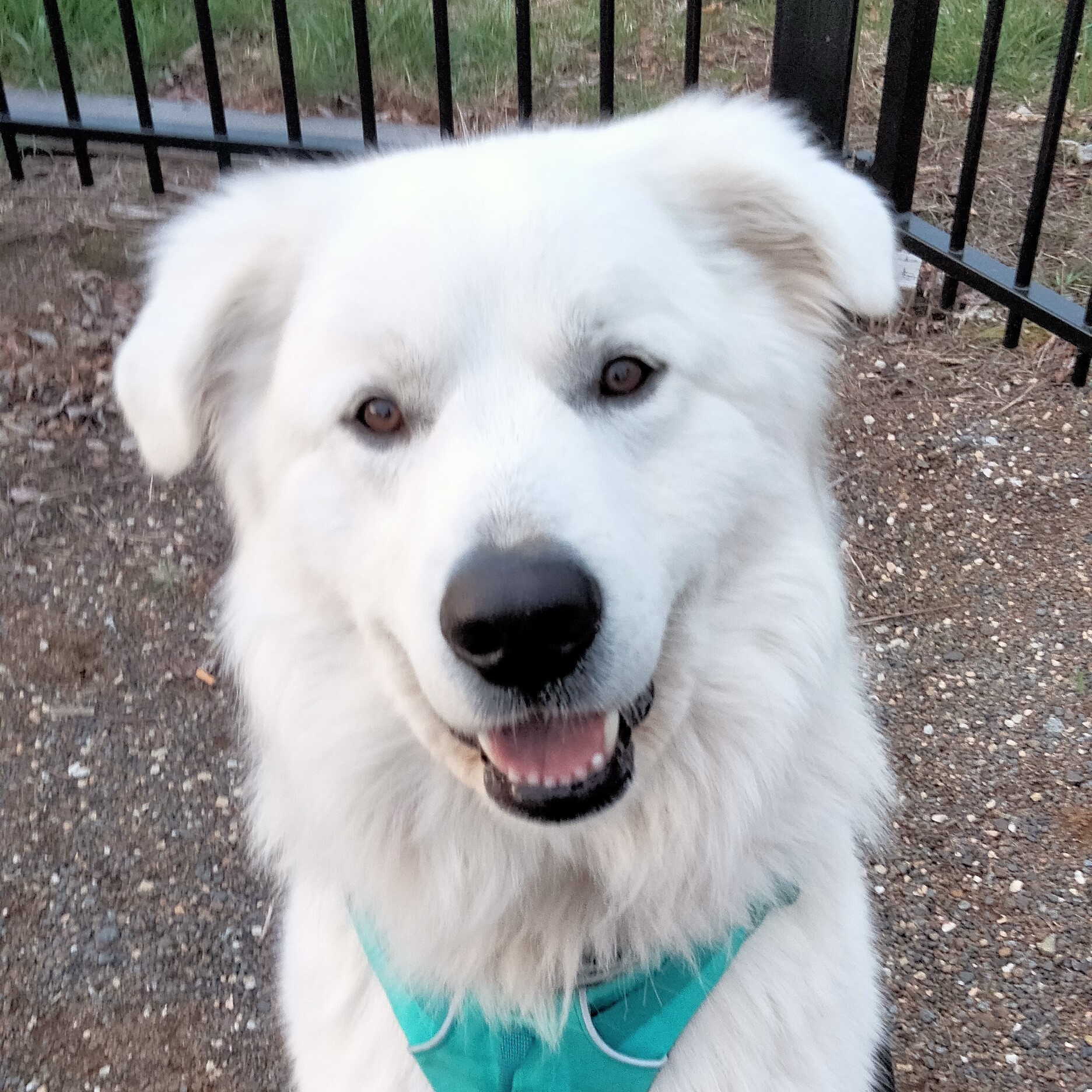About Mischa
- His mum was a White Swiss Shepherd and his dad was a Maremma Sheepdog.
- He was born on , and came home to me at 8 weeks old.
- He has his own tumblr!
- His name is pronounced Mi’-sch-ah (IPA: /ˈmi.ʃaː/ — (listen to the pronounciation)

What is an Assistance Animal?
An Assistance Animal is an animal (usually a dog, of any breed or size) trained to assist a person with a disability. An Assistance Animal is trained to perform tasks such as opening doors, picking up items, leaning against the handler for pressure therapy, alerting to a panic attack, and much more!
Why can’t I pet or distract Assistance Animals?
They’re working and need to focus on their handler. Distractions can be deadly.
Where are Assistance Animals allowed?
Assistance Animals are allowed to accompany their handler in any place (including buses and taxis), except for sterile environments (e.g. operating theatres), commercial restaurant kitchens, or private property if the owner refuses access.
Can I ask an Assistance Animal team to leave my business?
Yes, but only if you suspect the animal has an infectious disease, or if the animal is not displaying a reasonable standard of behaviour or hygiene. You can’t ask them to leave if someone is allergic to or afraid of dogs (or another animal) or if you sell food. You are allowed to ask for documentation proving that they’re an Assistance Animal. This could be a doctor’s note or training logs, for example.
What does the Australian law say about Assistance Animals?
The Disability Discrimination Act (1992) (DDA) states that:
“an assistance animal is a dog or other animal […] trained to assist a person with a disability to alleviate the effect of the disability; and to meet standards of hygiene and behaviour that are appropriate for an animal in a public place.”
It is not illegal “for a person to request or to require that the assistance animal remain under control” but that doesn’t necessarily mean physical control (e.g. a leash). A handler is responsible for any damage caused by an assistance animal.
You can read the DDA, and here is some information about assistance animals and the DDA.